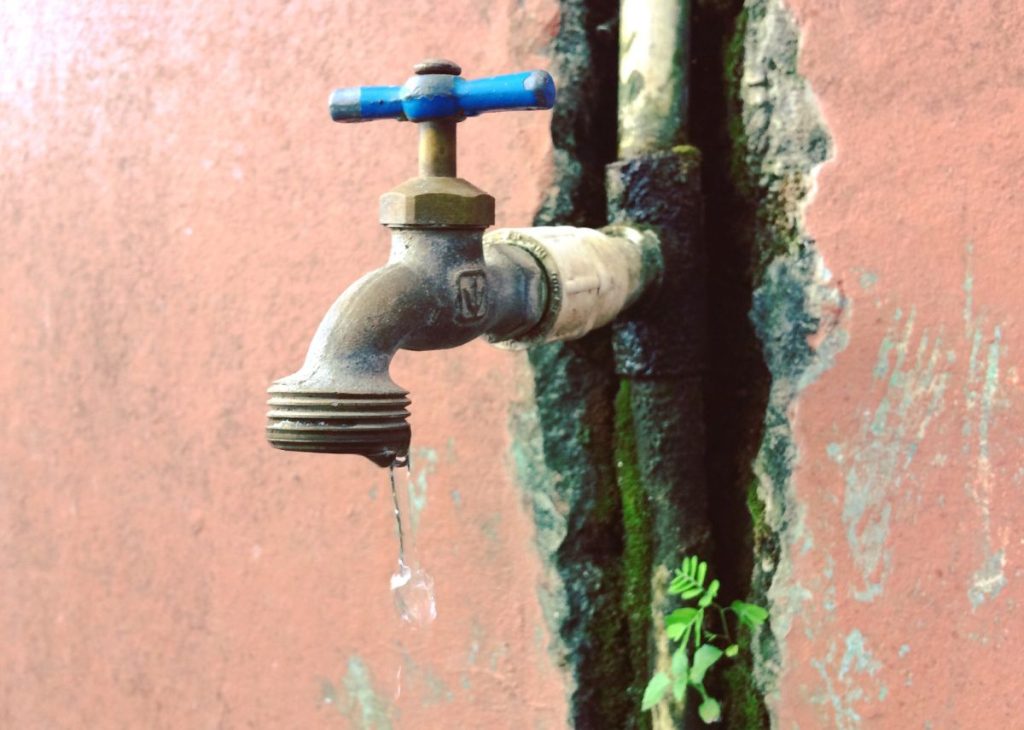What are signs that my water pipes have mold?
- A sour smell in the running water
- Mold growth near water fixtures
- Mold spots around the home
- Dirt-like growth around your toilet
- Strong mold smells in water tanks
- Moldy smells after a shower
- Sudden health problems
Pipe problems, no matter how big or small, can cause a multitude of problems for your property — including mold. This usually happens when there are repeated leaks and moisture buildup around and within your water pipes. What happens is that it leads to the gradual deterioration of your pipes, letting in a mold infestation. With that, you might be wondering “What are signs my water pipes have mold?”.
After all, molds are hidden within your walls and floors, so how can you tell that you have this problem in your home or building? To help you spot a mold problem before it causes irreparable damage, here are seven signs that mold is in your water pipes:
A sour smell in the running water
The first and most noticeable sign that there is a mold problem in your pipes is the smell. The sour and mildew-like smell of mold is strongest when you turn on your water.
If there’s no problem with your water pipes, then running water should have no noticeable smell at all. But, if there’s a sour smell whenever you run your water, then it’s a good sign that you have mold in your pipes.
You can leave the water running for a while, and determine how deep the mold goes based on how long the smell persists.
And, if you smell mold when you turn on your water, it’s time to avoid your water in the meantime. Then, search for other signs and symptoms, which we cover below.
Mold growth near water fixtures
Another sign that mold is growing within your pipes is if it begins to spread through your water fixtures. So, if you see any mold growth around your plumbing, faucets, valves, and appliances (such as your washing machine or dishwasher), then it’s possible that there’s mold inside your pipes.
If the mold is growing on the metal fixtures themselves, it means there’s so much mold that it has spread onto somewhere it usually has a hard time growing on.
Mold spots around the home
If there is mold on your pipes and water fixtures, then it is most likely growing in other spaces around your home as well. Mold thriving in water sources and water pipes can get anywhere in your home — whether on your counters, floors, walls, and any other porous surfaces.
Anything that has regular contact with your water can also start growing mold. Things that you clean with water, like your laundry, can start becoming new vessels for mold growth. Be vigilant because your property may be moldy from one end of the building to the other.
Dirt-like growth around your toilet
Make sure to look at places where water sits undisturbed for a long period, such as your toilet. Your toilet bowl and toilet tank are usually a place where mold generally doesn’t grow, but it is a possibility if the mold is growing and spreading through your water pipes.
If you see some growth that looks similar to dirt, especially in your toilet bowl or around the toilet base, then it’s a sign that there is mold growing into your toilet via your water pipes.
Strong mold smells in water tanks
Likewise, check your water tanks if your property has any. These sitting containers of water may also be sitting full of mold if it has infiltrated your water pipes.
Open these water tanks up. If you get that sour, mildew-like smell that you might be smelling in your running water, then it’s likely that your water tank has also been infected with a mold problem.
Moldy smells after a shower
A big problem that you’ll experience with moldy pipes is that you bathe and wash with the water it transports. If you feel like you smell similar to too-damp laundry after a shower or notice similar smells after taking a bath, you might have just bathed in contaminated water.
Sudden health problems
If your water has mold spores in it, then it’s likely that it can cause health problems for you and anyone else living on the property.
Consider whether there have been increasing yet hard-to-identify illnesses as of late. This can include headaches, nausea, skin irritation, eye irritations, and even respiratory problems (such as allergy and asthma attacks). These symptoms are usually caused by exposure to mold, which can be carried in the water you’re using.
This reaction to mold can begin as soon as you first use contaminated water, or it can take a few days for the first symptoms to show up. That said, certain groups are at higher risk (and may have more severe symptoms) of mold-induced sickness. This includes infants, children, the elderly, and people with immune and lung conditions.
Key Takeaway
If you ever wondered “what are signs that my water pipes have mold” — then use this list above as you evaluate your property for piping problems. And, if you see one (or a combination of) these signs, then contact experts for pipe replacement immediately.
In need of high-quality water pipes for your building? Supreme Pipe can help — we can deliver the best steel pipes for any application, and provide the solution you need to fully remedy the problem. Send us a message today, and we can begin the process of fixing your pipe problem!
